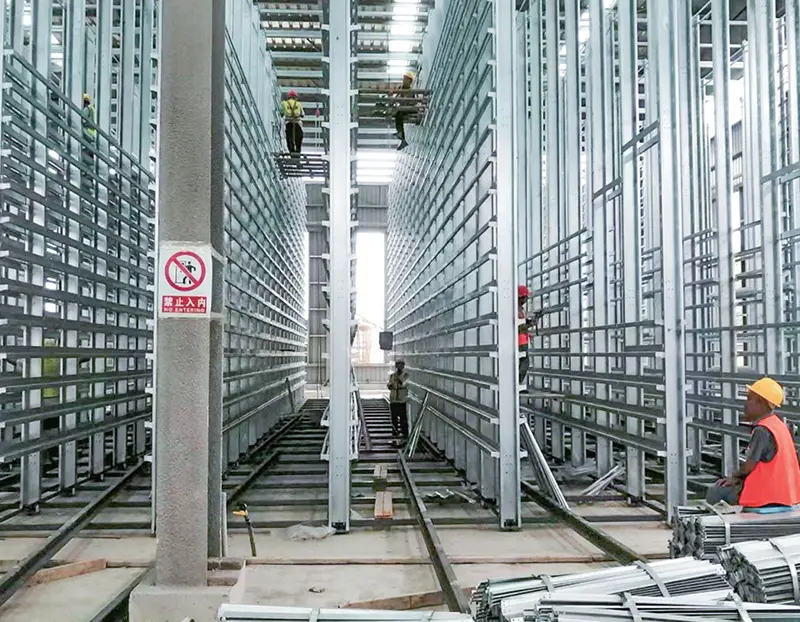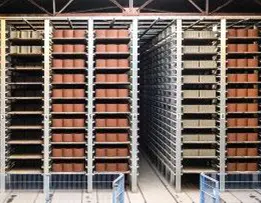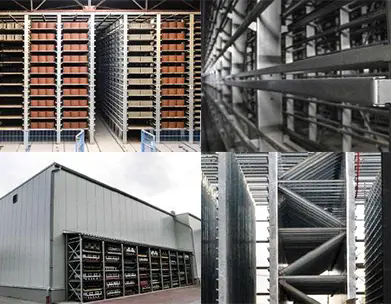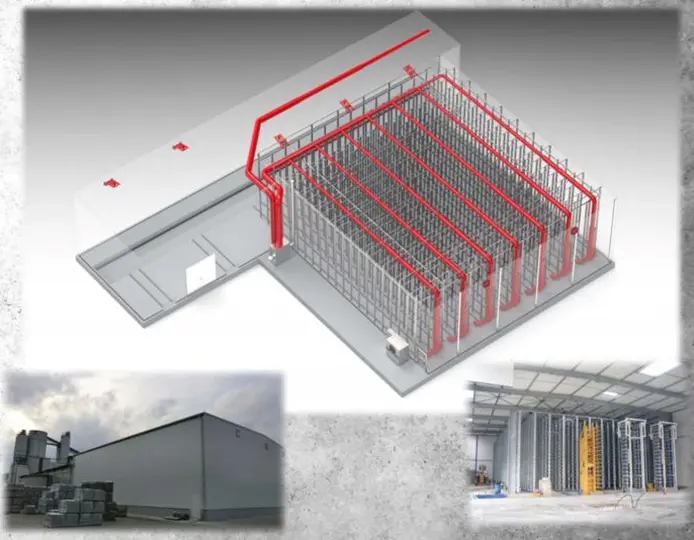- English
- Español
- Português
- русский
- Français
- 日本語
- Deutsch
- tiếng Việt
- Italiano
- Nederlands
- ภาษาไทย
- Polski
- 한국어
- Svenska
- magyar
- Malay
- বাংলা ভাষার
- Dansk
- Suomi
- हिन्दी
- Pilipino
- Türkçe
- Gaeilge
- العربية
- Indonesia
- Norsk
- تمل
- český
- ελληνικά
- український
- Javanese
- فارسی
- தமிழ்
- తెలుగు
- नेपाली
- Burmese
- български
- ລາວ
- Latine
- Қазақша
- Euskal
- Azərbaycan
- Slovenský jazyk
- Македонски
- Lietuvos
- Eesti Keel
- Română
- Slovenski
- मराठी
- Srpski језик
Main technical points of brick tunnel kiln
1. Briefly describe the performance of sintered brick tunnel kiln
1. The tunnel kiln is a relatively advanced kiln for the continuous production of sintered bricks. It has been widely used, developed and promoted in the brick and tile industry in my country. There are many types of kilns, and there are three types of types: one is roasting dry billets. The second is the primary firing tunnel kiln for firing semi-hard plastic and hard plastic extruded bricks; the third is the second firing tunnel kiln for firing softer extruded bricks. In terms of cross section size, there are large, medium and small sections. Among them, the 1.5-2.5m cross section is a small section, the 2.5-6m cross section is a discontinuous section, and the 6-10m cross section is a large section. Now our country has developed a tunnel kiln with a super large cross section to produce sintered bricks, the cross section size of which exceeds 10m. These kiln types are available for our investors to choose.
2. The characteristics of the tunnel kiln are: high degree of mechanized operation, high degree of automation, improved labor operating conditions, many auxiliary equipment, high continuous productivity, and good heat utilization economic performance. Especially after the popularization and application of mechanized code blanks and microcomputer automatic operation and monitoring of kiln production temperature and pressure, the advantages of tunnel kiln roasting and sintering products have been demonstrated. Therefore, certain material and technical conditions must be met to build a tunnel kiln. At present, most of the tunnel kilns use solid fuel coal, and some places also use heavy oil, natural gas, electricity, etc. as combustion fuels.
3. The working principle of tunnel kiln roasting is based on the reverse movement of the bricks and the gas, through the preheating, roasting, and cooling of the bricks for heat exchange, so that the bricks are baked into a sintered product.

2. The structure and production of tunnel kiln
1. The tunnel kiln is a through tunnel. The product is fired in the tunnel. It is called tunnel kiln for short. The tunnel kiln can be divided into preheating zone, roasting zone and cooling zone (including heat preservation) according to the length direction. It is generally called the "tunnel kiln" Three belts". For the primary firing tunnel kiln, there is a drying section before the preheating zone. For example, the second code firing is then manually coded on the firing kiln car on the basis of the dried bricks for roasting, which is called the second code firing.
2. A track is laid in the tunnel kiln. The kiln car loaded with bricks enters sequentially from the entrance of the kiln and moves relative to the airflow in the kiln. The kiln car travels on the track and is heated to the highest temperature by the preheating zone and the roasting zone, and then heat preservation. And cooling is taken out of the kiln, which is the finished product.
3. The fuel used for roasting enters the kiln to burn and heat the sintered bricks from the coal feed hole or combustion chamber or burner of the roasting zone. The exhaust gas is discharged from the preheating zone through the flue duct of the exhaust hole. Part of the hot air that becomes hot after cooling the product is drawn from the hot air outlet for drying, and part of it enters the roasting belt for combustion support. 4. In the roasting tunnel kiln, the firing temperature of the products is about 1000℃. In the selection of the kiln body structure, it is necessary to select better refractory materials for the firing zone to build the kiln wall and kiln roof, and the preheating zone and cooling zone Common refractory bricks, or clay or shale sintered bricks can be used. The flat ceiling tunnel kiln uses inverted T-shaped refractory concrete hanging slabs or hanging beams. The hanging beams include concrete and steel structural hanging beams.
5. In order to have good sealing and heat preservation performance of the kiln and avoid the influence of air leakage on the roasting process in the kiln and the influence of high temperature gas on the metal structure of the lower part of the kiln car, the two walls of the kiln are equipped with sand sealing grooves, and the grooves are filled with sand. Both sides of the kiln car A sand sealing plate is inserted into the sand sealing groove to block the mutual flow of upper and lower air currents. Both the kiln wall and the kiln roof are equipped with thermal insulation and refractory materials, so that the thermal conductivity in the kiln is reduced, and the heat is not lost, so that the heat source can be effectively recycled to achieve the function of energy saving and consumption reduction. A waste heat utilization system is installed on the structure of the tunnel kiln, and the extracted hot air is used for drying bricks in the drying room or as heating in winter in the northern area. Generally, a kiln door is installed at the inlet and outlet of the kiln to make the operation in the kiln stable and free from external influences.
6. The supporting equipment of the tunnel kiln includes import and export kiln doors, push-carriage machines, electric carriages, kiln cars, return winches, exhaust fans (chimneys), cooling blowers, heat extraction fans, heat exchangers and other auxiliary equipment.
7. The working system of the tunnel kiln is mainly determined by the following aspects. One is the main size of the kiln. It is determined by the types, specifications, output of the roasted products, the water content of the kiln body, the roasting curve, the rejection rate and the performance (composition, calorific value) of the fuel used. The second is the length and cross-sectional dimensions of the kiln. It is determined by the type of roasted product, the output and the performance of the fuel used. When the size of the cross section, the density of the code kiln and the roasting time are constant, the longer the kiln, the higher the output, and the more stable the roasting process, which helps improve product quality. Therefore, the kiln should be used when roasting sintered products with relatively high sensitivity to raw materials. The length of the furnace is appropriately extended. However, the longer the kiln body, the longer the gas flow, the increase in resistance, the larger the preheating pressure, and the increase in excess air in the kiln, which increases the power consumption of the smoke exhaust equipment. The third is the kiln working system. It is determined by the product firing curve, product characteristics, fuel performance and kiln construction conditions. The preheating zone of the tunnel kiln generally only has a smoke exhaust fan to discharge the smoke and adjust the temperature. The roasting belt is generally equipped with coal feeding holes, and the distance between each row is generally between 0.7-1m. The cooling belt is fed with cold air and discharged with hot air. The cooling air passes through the air outlets on both sides of the kiln or on the top of the kiln, using axial fans or centrifugal fans. The fan blows in. Cold air inlets can also be opened on both sides of the kiln, and cold air can be sucked in from the kiln tail and cold air inlets by air pressure. The fourth is the temperature control and pressure monitoring of the roasting kiln. The firing temperature is the most important parameter in the roasting process. It has an impact on the quality of the product, the output and the service life of the kiln. Therefore, the control of temperature is very important. To monitor the temperature of the kiln, the main parts are the top temperature of the preheating zone, the roasting zone and the cooling zone. The pressure in the kiln is the most important parameter to indicate whether the kiln is normal or not. After the pressure system in the kiln is determined, the ventilation volume in the kiln can be basically determined, which also determines the productivity and product quality of the product. Changes in ventilation will affect the rise and fall of the furnace temperature. The temperature change of the kiln requires a long process, but the pressure change is instantaneous, and the pressure monitoring must be set up and down in the same part.
If you are interested in our products or have any questions, please feel free to contact us and we will reply you within 24 hours.
Related News
- Why Choose a Block Making Machine Curing Kiln for Efficient Block Production?
- What Makes a Hot Dip Galvanized Structural Brick Machine Curing Kiln Essential for Modern Brick Production?
- Why Choose a Brick Machine With Frame Curing Kiln for Modern Construction?
- Why Is a Brick-Concrete Structure Curing Kiln Essential for Modern Construction Projects?
- What Is a Brick Machine Temperature Control System and Why Is It Important?
- Why Choose a Brick Machine With Frame Curing Kiln for Modern Construction Efficiency?
Leave me a message













